As CAP reforms begin to heat up, there have been a number of calls for a return of a REPS-style agri-environmental scheme.
REPS was introduced in 1994 on foot of a regulation from the EU obliging all member states to offer an agri-environmental scheme to farmers. The scheme is credited with cleaning up the countryside by offering farmers an incentive to do so.
Since then, much has changed and many of the actions paid under the scheme have become mandatory under subsequent CAP reforms and EU directives for water quality and nitrates.
Changes
How agri-environmental schemes are designed and payment rates decided have also changed.
In REPS, there were 11 measures, each costed individually before being combined to give an average payment per hectare.
In contrast, each measure in GLAS is costed individually and a farmer’s payment is determined by which actions they are undertaking rather than the number of hectares.

Under GLAS, farmers receive €900 per year for every hectare of wild bird cover sown.
REPS was a whole-farm approach, while GLAS is an area-based approach.
A return to a whole-farm approach is unlikely. The area-based approach looks set to stay, along with a greater roll-out of results-based payments, which reward farmers for what they deliver rather than what they do.
Future
So where can farmers expect environmental payments to be targeted in future?
Minister for Agriculture Michael Creed has said climate action will focus predominately on nutrient management, genetics and efficiencies. The focus of environmental schemes will be delivering on biodiversity and water quality.
Nutrient management will entail increasing the use of protected nitrogen and low-emission slurry spreading technologies to minimise ammonia emissions, spreading lime to improve soil pH and incorporating clover to reduce nitrogen use.

The Government has a target of having 450,000ha of agricultural land in optimal pH for fertility by 2025. Liming is likely to be crucial in achieving this.
On genetics, climate indices are to be incorporated into the EBI, DBI and €uro-Star. Improvements in age at first calving and age of slaughter will also be targeted.
The last number of years have seen smaller schemes rolled out in specific areas of interest, such as the SUAS, the pearl mussel, and hen harrier schemes.
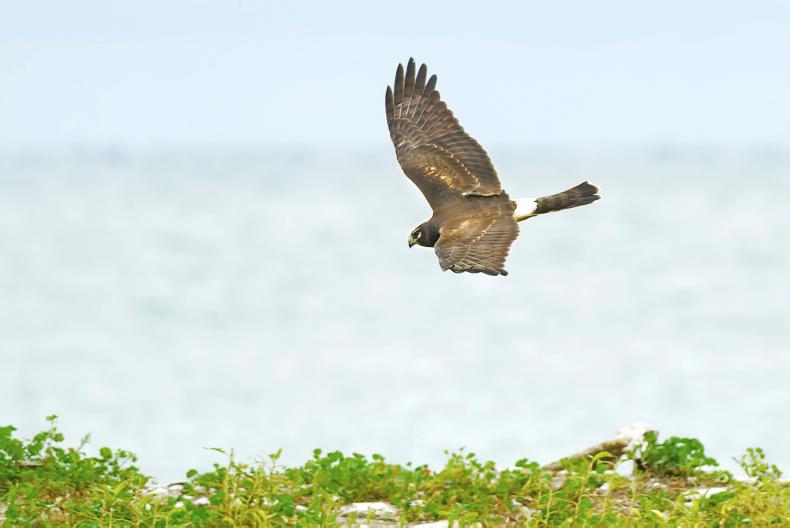
Some 1,500 farmers will receive €3m in payments under the Hen Harrier Programme in 2019.
The next CAP will grant greater power to Ireland to design its own interventions and these smaller, more-targeted schemes are likely to see a greater roll-out.
Read more
A €20m investment announced for agri-food research and innovation
Kerry farmers to be paid to clear scrub from Reeks
As CAP reforms begin to heat up, there have been a number of calls for a return of a REPS-style agri-environmental scheme.
REPS was introduced in 1994 on foot of a regulation from the EU obliging all member states to offer an agri-environmental scheme to farmers. The scheme is credited with cleaning up the countryside by offering farmers an incentive to do so.
Since then, much has changed and many of the actions paid under the scheme have become mandatory under subsequent CAP reforms and EU directives for water quality and nitrates.
Changes
How agri-environmental schemes are designed and payment rates decided have also changed.
In REPS, there were 11 measures, each costed individually before being combined to give an average payment per hectare.
In contrast, each measure in GLAS is costed individually and a farmer’s payment is determined by which actions they are undertaking rather than the number of hectares.

Under GLAS, farmers receive €900 per year for every hectare of wild bird cover sown.
REPS was a whole-farm approach, while GLAS is an area-based approach.
A return to a whole-farm approach is unlikely. The area-based approach looks set to stay, along with a greater roll-out of results-based payments, which reward farmers for what they deliver rather than what they do.
Future
So where can farmers expect environmental payments to be targeted in future?
Minister for Agriculture Michael Creed has said climate action will focus predominately on nutrient management, genetics and efficiencies. The focus of environmental schemes will be delivering on biodiversity and water quality.
Nutrient management will entail increasing the use of protected nitrogen and low-emission slurry spreading technologies to minimise ammonia emissions, spreading lime to improve soil pH and incorporating clover to reduce nitrogen use.

The Government has a target of having 450,000ha of agricultural land in optimal pH for fertility by 2025. Liming is likely to be crucial in achieving this.
On genetics, climate indices are to be incorporated into the EBI, DBI and €uro-Star. Improvements in age at first calving and age of slaughter will also be targeted.
The last number of years have seen smaller schemes rolled out in specific areas of interest, such as the SUAS, the pearl mussel, and hen harrier schemes.

Some 1,500 farmers will receive €3m in payments under the Hen Harrier Programme in 2019.
The next CAP will grant greater power to Ireland to design its own interventions and these smaller, more-targeted schemes are likely to see a greater roll-out.
Read more
A €20m investment announced for agri-food research and innovation
Kerry farmers to be paid to clear scrub from Reeks







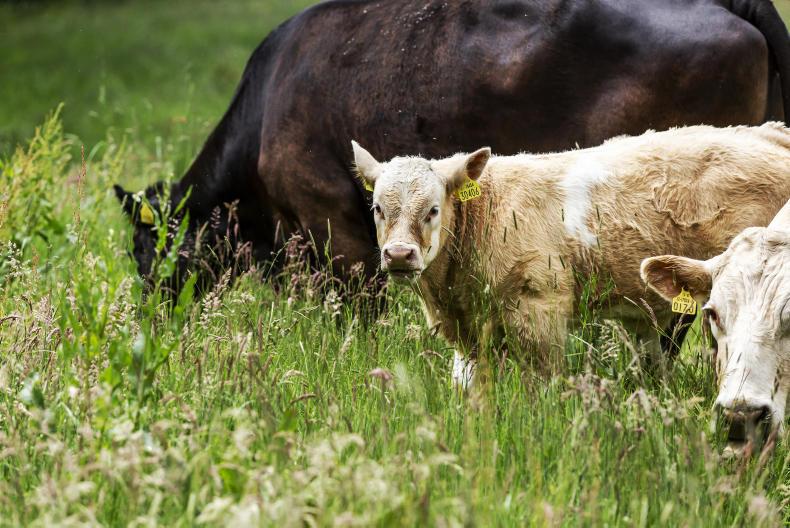
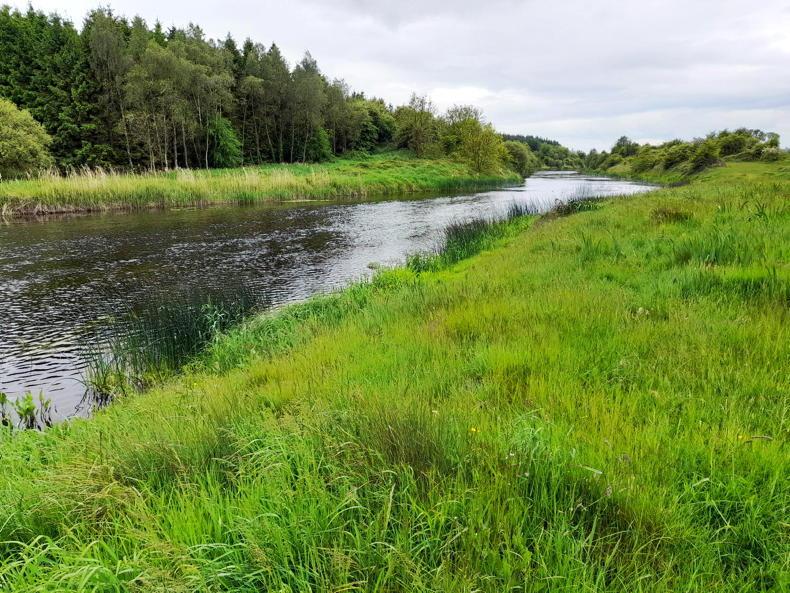

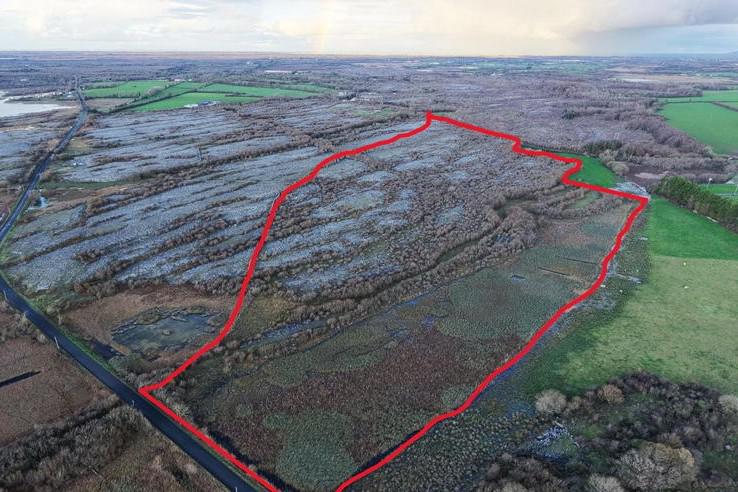
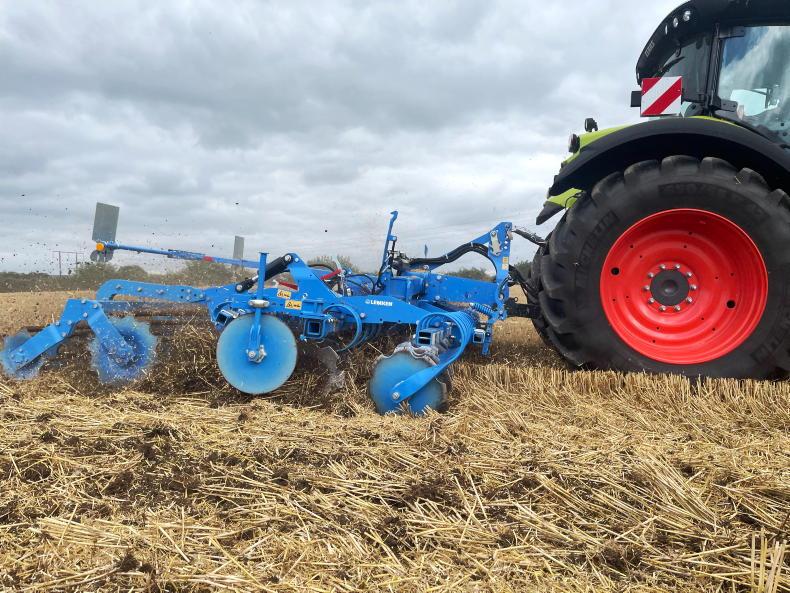
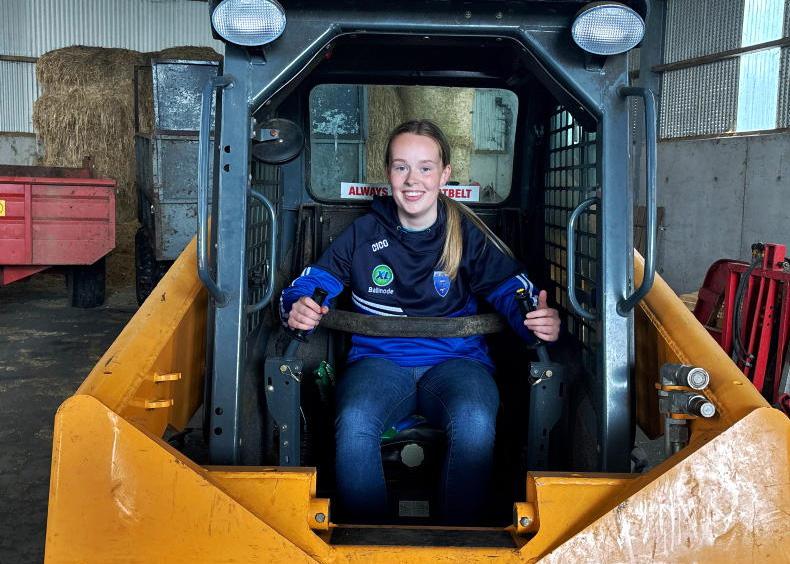
SHARING OPTIONS